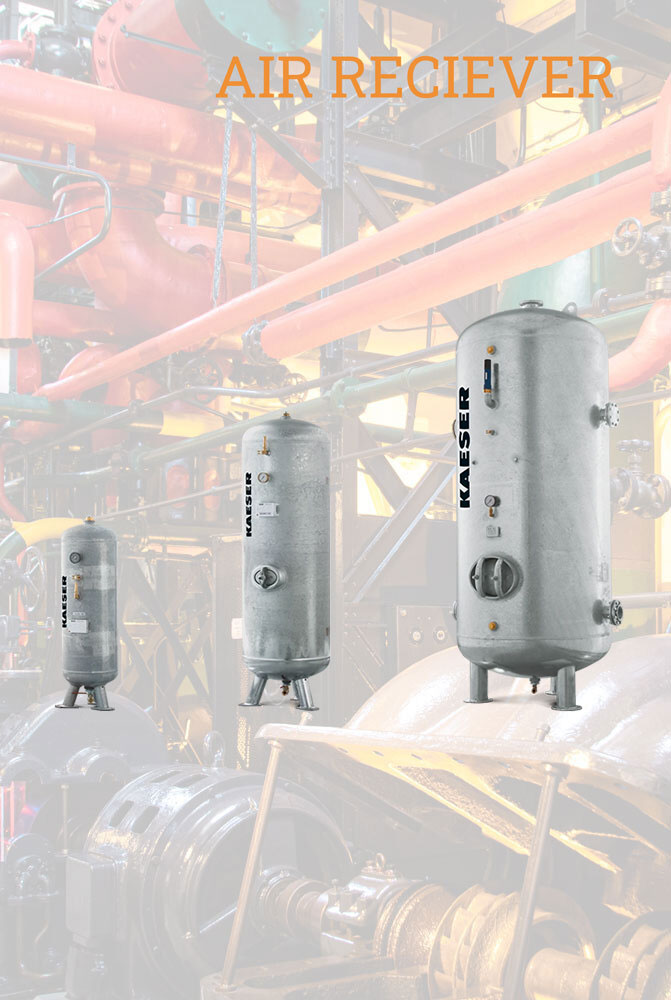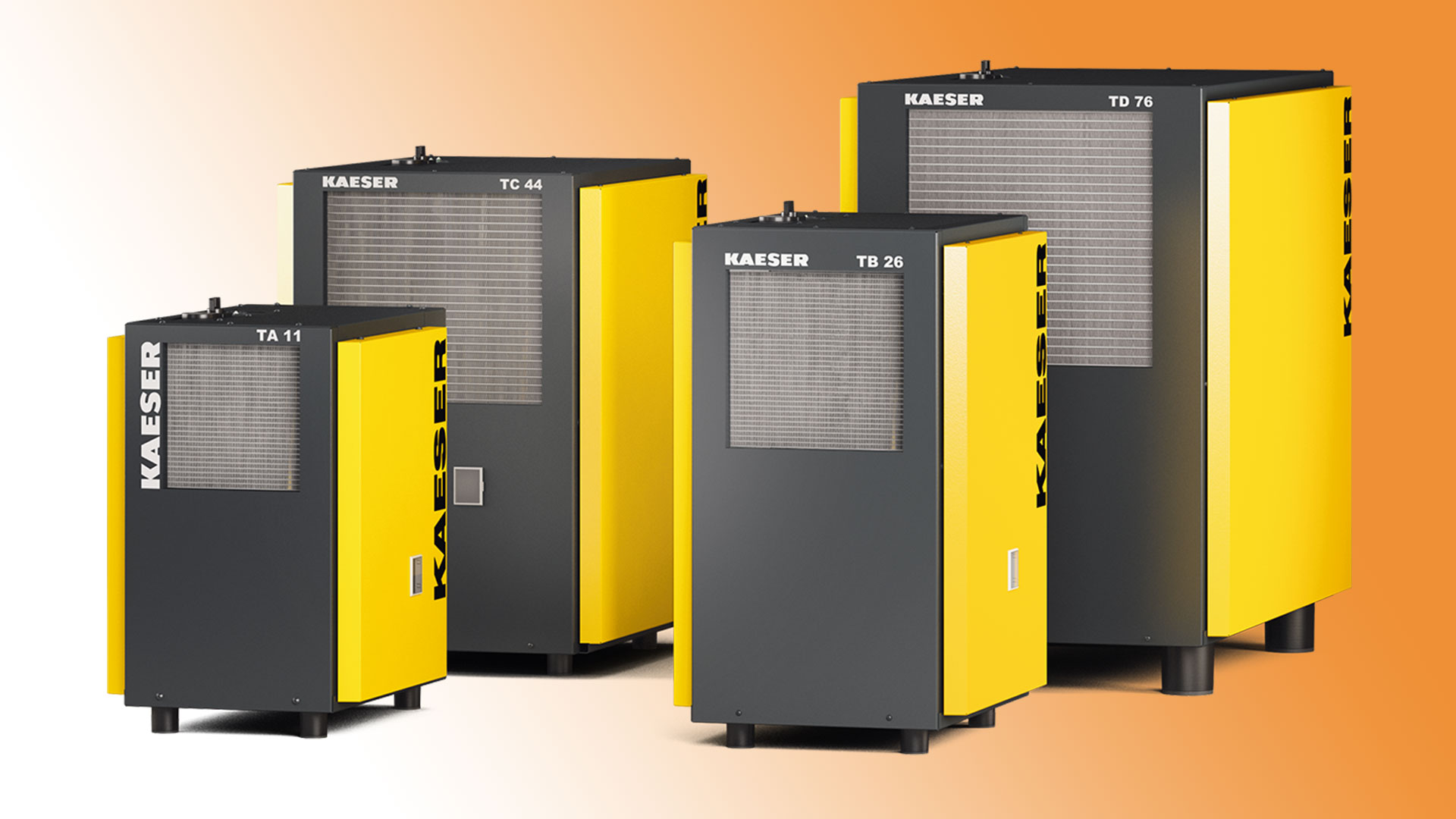FAQ
Frequently Asked Questions
What follows here are but a few examples of the injuries sustained simply by using compressed air.
Compressed Air can be painfully fatal.
Employees in a woodworking shop were using compressed air to clean sawdust off their clothes. One man pushed the hose between the legs of another worker. Operations failed to save the injured man’s life.
He died in agony within three hours. Investigation showed that air pressure was shallow. Some of the injuries suffered by the victim included:
- The bowel is torn open in three places
- The abdominal cavity is filled with fluid, blood, and fecal matter
- Abdominal cavity membranes torn in several places
- Abdomen and hernia canals ballooned
- Bruises and bleeding
- Shock
A man working on a car had cut the right side of his index finger, only about 3/8″ long (10mm), which bled very little. The mechanic was so intently occupied with the work that he continued. He went ahead washing a few small parts in some cleaning fluid, and when he had finished, he held some of them in his left hand and began blowing them dry with a compressed air gun.
Apparently, the jet of air sprayed over the small cut he had received earlier. A short while later, complaining of great pain, he staggered to his shop manager and complained that his body and head felt as though they were going to explode.
He was rushed to the hospital where his condition was diagnosed as “air bubbles in his bloodstream”. These and traces of cleaning fluid were in his blood. Luckily the employee recovered within for days but the doctor gave him a warning that he would not soon forget.
“You could very easily have died”, he said, “from one or both of the dangerous elements in this situation: in using the air hose on an open wound and failing to get prompt first aid attention for a minor cut”.
A Vancouver garage had a mechanic working on a car, and while this man bent over the front fender, another person passed by with a air hose pointed toward the mechanic. The air was on, inflating his intestine causing several ruptures. He was rushed to the hospital and his life was saved by an immediate operations.
At Newport News, Virginia, a shipyard worker died after a day of intense suffering following the introduction of 90 pounds of air pressure into his body.
Another worker in a scrap iron company located in Waterbury, Connecticut, suffered 60 agony-filled hours after two of his friends decided to have fun with an old man and chose an air line as their toy. They same article went on to further explain that this was not the first time an air hose had caused a fatality in that state.
One man in a Massachusetts factory was killed in exactly the same way. Another had a narrow escape when cleaning the palm of his hand with air; the air entered his body through the pores of his skin and inflated his whole arm for nearly three days.
A case was cited in the Industrial Commission of Ohio’s “Monitor” as a victim of air hose horseplay. For about 12 years the victim of this simple playful act was in and out of hospitals. The year of suffering that it brought to the victim is a rather heavy price to pay for gratifying an employee’s whim to have a little fun.
A machine operator in a woodworking plant covered with sawdust decided to clean himself off with compressed air. He held the nozzle 12″ from the palm of his left hand. When he opened the nozzle the air, under 80 pounds of pressure struck and entered his hand. Before he realized what had happened, his arm had blown up as big as a grapefruit and was shooting pain – from fingertips to shoulders. He had excruciating pain in his head and a feeling that the top of his head was about to be blown off. This feeling was so real and the pain so intense that when help arrived, he was actually trying to hold the top of his head in place.
The surgeon said it might have been worse. Had the air forced its way into the bloodstream, it would have made its way to the very small blood vessels of the brain causing a clot, which would have burst the vessels and caused death.
It should be apparent by now that whenever air is used for cleaning purposes, there can be an inclination to get playful with the hose. A serious or fatal introduction of air into the body openings can be so quick and the result so damaging that we should all do everything we can to avoid even a chance occurrence.
Air under pressure can be just as dangerous as high-pressure steam, and when released suddenly can cause serious injury. It can maim, tear, or embed matter into the skin and bones of the human body. Air played around the face can blow out an eye, or if directed at the ear, it may puncture an eardrum and cause deafness. A person who has been painting or covered with dirt or soot can have poisonous particles blasted into the body where they immediately combine with the blood. Even air without impurities is dangerous when forced into the bloodstream through a cut or pores of the skin.
Some people believe that air in the bloodstream will cause a joint or other affected part to swell up (accompanied by severe pain) and cause small blood vessels of the brain to burst. This is only partly true. People have died because their bowel ruptured as a result of pressure as low as four pounds per square inch.
In some countries, horseplay with compressed air is a punishable offense. To point an air hose at a person is as serious an offense as pointing a gun. It is worth remembering that clothing offers no more protection against compressed air than it does against a bullet
The use of compressed air to blow away dirt, chips, iron fillings, or sharp fragments is a dangerous practice. If the pressure is strong enough to remove these particles, it will be strong enough to blow them into your eyes, ears or nose, or even the skin. It is far safer to use a brush or vacuum cleaner.
Maximum air flow through a pipe/hole in air line
Bore size mm | 12 | 15 | 20 | 25 | 32 | 40 | 52 | 65 | 80 | 100 |
Ltr/second | 06 | 10 | 17 | 25 | 50 | 65 | 100 | 180 | 240 | 410 |
C.F.M. | 13 | 21 | 36 | 53 | 106 | 138 | 212 | 382 | 508 | 870 |
Maximum air flow through high efficiency alumininum air line
Bore size mm | 12 | 15 | 20 | 25 | 32 | 40 | 50 | 65 | 80 | 110 |
Ltr/second | 08 | 14 | 24 | 35 | 70 | 91 | 140 | 252 | 236 | 574 |
C.F.M. | 18 | 29 | 50 | 74 | 148 | 193 | 297 | 535 | 711 | 1218 |
Why do I need an Air Receiver?
Treat air receivers as you would treat water tank in the attic. If you use more air (water) than is supplied (mains) the tank will eventually run dry. Sizing a receiver is sometimes complex in large installations but simpler in small applications.
Remember this:
In a 10 bar receiver with a 7 bar working pressure requirement, only approximately 25%* of the vessel capacity is useful, (allowing for pressure drop). So, a 200 litre receiver at 10 bar (gauge) will have approximately 18 CFM in reserve should the compressed air demand exceed the compressor capacity.
*10 x 200 = 2000 bar litres
25% of 2000 = 500 litres
500 divided by 28.32 (litres.) = 17.66 (18 CFM)
(300 litre receiver = 26 CFM divided by 9 = 2.9 mins)
IMPORTANT: NEVER STEP INSIDE AN AIR RECEIVER TO INSPECT IT IF IS CONNECTED TO A LIVE SYSTEM. HIGHER PRESSURE RESULTING FROM THE AIR SUPPLY BEING “ACCIDENTALLY” SWITCHED ON COULD RESULT IN SERIOUS INJURY (THE BENDS).

Terminology & Definitions

It is the existing gauge pressure plus atmospheric pressure. At sea level, the gauge pressure in pounds per square inch plus 14.7 gives the absolute pressure.
After-coolers are devices for removing the heat of compression of the air or gas after compression is completed. They are one of the most effective means of removing moisture from compressed air.
Air Receivers are tanks into which the compressed air or gas is discharged from the compressor. Receivers help to eliminate pulsations in the discharge line and also act as storage capacity during intervals when demand exceeds the capacity of the compressor.
Ambient Temperature of air surrounding the equipment.
Atmospheric Pressure – The absolute pressure of the atmosphere as measured at the place under consideration.
An automatic drain is a device that automatically discharges condensate.
Compressor Regulator is a device fitted to the compressor to control the output of the machine. Condensate – The liquid formed from water vapor in the air because of a drop in the air temperature and/or an increase in pressure.
Condensation – The process of changing vapor or gas into a liquid.
Dew Point is the temperature at which moisture begins to condense.
Note: In selecting an air dryer system only “pressure dew point” is important.
Dryers, Refrigerated use a refrigeration system to cool and condense moisture.
Those Dryers use two desiccant towers. One tower dries the incoming air while the other generates the desiccant.
The filter is a device that removes foreign matter from the working medium.
Free Air – is the air under normal atmospheric conditions. Because the altitude, barometer, and temperature vary at different localities and at different times, it follows that this term does not mean air under identical conditions.
Lubricator – A device that introduces a controlled quantity of lubricant into the working medium.
Micron – One millionth of one meter or 1 meter = 1,000,000 microns.
Pressure Regulator (Pressure Reducing Valve) – A device that reduces the line pressure and maintains it relatively constant despite changes in inlet pressure and outlet flow rate.
Pressure Relief Valve (Safety Valve) is A device that limits the maximum system pressure by exhausting the compressed air to the atmosphere when the required back pressure is exceeded.
Purge – This usually refers to the removal of unwanted air, water, or gas.
Ring Main – An air main that begins and ends at the compressor so that every outlet has two possible sources (routes) of supply.
Saturated Air – Air at 100% relative humidity. It takes 7. cubic. ft. of free air to saturate compressed air at 100 PSIG. Therefore, as long as the atmospheric relative humidity is over 12.9% (7.8 x 12.9 = 100%), which is almost always is, the compressed air from an air compressor is saturated.
(This also explains why an air dryer is a must for a compressed air system). SCFM – Standard Cubic Feet per Minute – Standard air is defined at 68oC (20oC), 14.7 PIA (1.01 Bar) and 36% relative humidity (density, 0.0750 lbs./cubic.ft).
Specific Energy Consumption – is the generally accepted method of measuring the efficiency of air compressors i.e. the amount of KW or HP required to produce 100 CFM (FAD) at full load.
Volumetric Efficiency – is the ratio of the actual capacity of the compressor to displacement and is expressed in percent.

